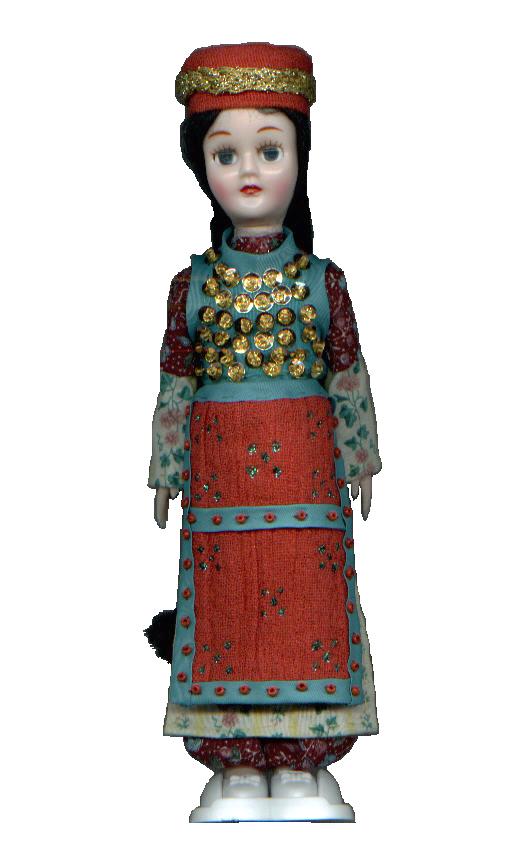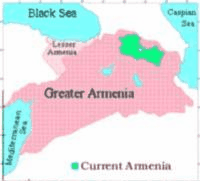
|
|
Tell a friend Bookmark Us Contact Us
Bride from Kareen (Erzeroom).Urban style of bribal outfit from Kareen, currently occupied by Turkey.
Source: Painting of Vardges Sooreniants. Armenian Museum of History.
Click to see my braided hair.

* The most famous trading centers of 18th-20th centuries were Kareen, Van, Yerevan, Alexandropol,
Shushi, Tiflis, as well as Constantinople and other cities. Carpet art is the most loved and
widespread phenomenon with stable fraditions in Armenian life from ancient times.
* Carpets have been woven as far back as before Christ's birth. Dvin, Ani, Kareen, Kesaria, Sebastia, towns
and settlemants in Vaspourakan, Tapon, Goghtan, Syunik and other provinaea were outsfanding
centres of the Armenian carpet. Carpets have been woven as far back as before Christ's birth.
The historian Herodotus (485 - 425 B. C.) informs us that "the inhabitants of the Caucasus
dyed the wool with a number of plants having dyeing qualities and they used it to make woven
fabrics covered with drawings which never lose their brilliant color... ".
Yakoot, an Arab historian of the XIII century (1178 - 1229) wrote: "The Armenians make
huge rugs in the town of Van. The rugs made in Kalikali (Kareen) were called 'khali' after the
name of the town". Kareen, Dvin, Ani, Kesaria, Sebastia, towns and settlemants in Vaspourakan,
Tapon, Goghtan, Syunik and other provinaea were outsfanding centres of the Armenian carpet.
The Armenian rugs exported from Western Armenia (currently occupied by Turkey) were sold
mainly in Europe and America where the products of Kareen, Baberd, Manazkert, Moosh, Sassoon,
Van, Akhtamar, Norshen, Vostan, Artskeh, Berkri, Moks, Shatakh, Akni, and other towns
were given high prices.
* Lace adorned the homes as well as the costumes of Armenian women. Women also donated their
lacework for the adornment of churches, where it appeared on the altar and on the vestments
of the clergy. Schools of embroidery and lace making developed in prominent cities such as
the Van school, the Kareen school and the Cilician school.
HISTORY

|
|
Second to first centuries B.C. |
* From the earliest times, Armenia has been one of the most important centres of metalworking
in Asia Minor and the Transcaucasus. Four thousand years ago historic Armenia was a
metalworking centre excelling in gold, silver, copper and iron. The metal objects obtained
from the excavations at Lchashen, Armavir, Metzamor, Karmir Blur, Sisian, Dvin and Ani are
witnesses of a high standard of metalworking. Vaspurakan, and specially Van - Cilicia,
Sebastia, Kesaria, Kareen, Shirak, Sunik, Artsakh, and the Plain of Ararat were centres
for the artistic treatment of metal and the production of ornaments and utensils.
* Henry Morgenthau III plants a tree at the Armenia Tree Project Nursery in Kareen Village
with sons, Ben and Kramer and ATP Founder Carolyn Mugar. This tree, as well as one planted
by the family at the Genocide Memorial in Yerevan, stands as a living memorial to the late
Ambassador Morgenthau.